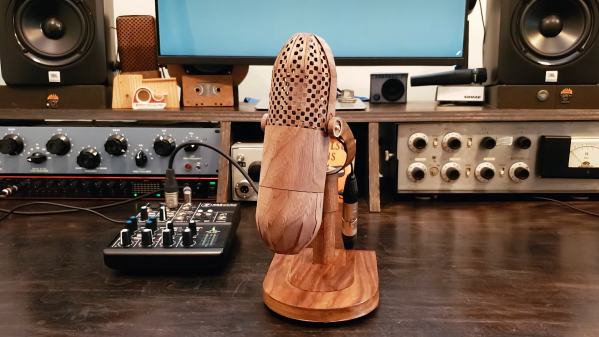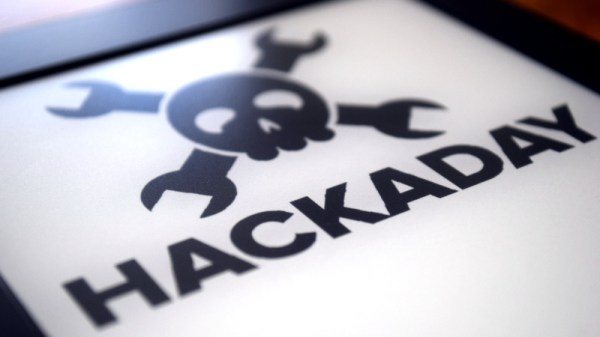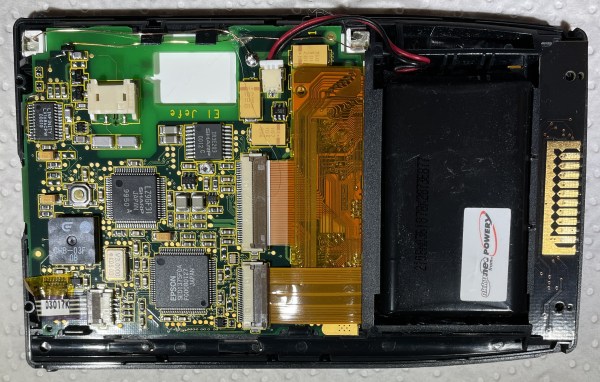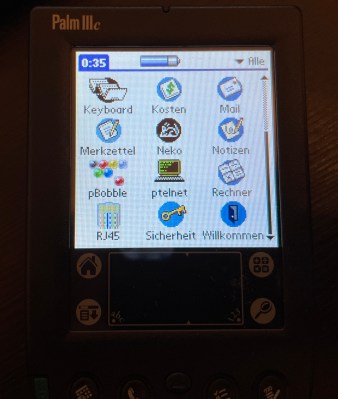If you were around when the IBM PC rolled out, two things probably caught you by surprise. One is that the company that made the Selectric put that ridiculous keyboard on it. The other was that it had an 8-bit CPU onboard. It was actually even stranger than that. The PC sported an 8088 which was a 16-bit 8086 stripped down to an 8 bit external bus. You have to wonder what caused that, and [Steven Leibson] has a great post that explains what went down all those years ago.
Before the IBM PC, nearly all personal computers were 8-bit and had 16-bit address buses. Although 64K may have seemed enough for anyone, many realized that was going to be a brick wall fairly soon. So the answer was larger address buses and addressing modes.
Intel knew this and was working on the flagship iAPX 432. This was going to represent a radical departure from the 8080-series CPUs designed from the start for high-level languages like Ada. However, the radical design took longer than expected. The project started in 1976 but wouldn’t see the light of day until 1981. It was clear they needed something sooner, so the 8086 — a 16-bit processor clearly derived from the 8080 was born. Continue reading “How The IBM PC Went 8-Bit”




 But ironically, this homage features a critical piece that’s actually not made of wood. The 77’s pickup pattern was cardioid, making for a directional mic that picked up sound best from the front, thanks to an acoustic labyrinth that increased the path length for incoming sound waves. [Frank]’s labyrinth was made from epoxy resin poured into a mold made from heavy paper, creating a cylinder with multiple parallel tunnels. The tops and bottoms of adjacent tunnels were connected together, creating an acoustic path over a meter long. The ribbon motor, as close to a duplicate of the original as possible using wood, sits atop the labyrinth block’s output underneath a wood veneer shell that does its best to imitate the classic pill-shaped windscreen of the original. The video below, which of course was narrated using the mic, shows its construction in detail.
But ironically, this homage features a critical piece that’s actually not made of wood. The 77’s pickup pattern was cardioid, making for a directional mic that picked up sound best from the front, thanks to an acoustic labyrinth that increased the path length for incoming sound waves. [Frank]’s labyrinth was made from epoxy resin poured into a mold made from heavy paper, creating a cylinder with multiple parallel tunnels. The tops and bottoms of adjacent tunnels were connected together, creating an acoustic path over a meter long. The ribbon motor, as close to a duplicate of the original as possible using wood, sits atop the labyrinth block’s output underneath a wood veneer shell that does its best to imitate the classic pill-shaped windscreen of the original. The video below, which of course was narrated using the mic, shows its construction in detail.














